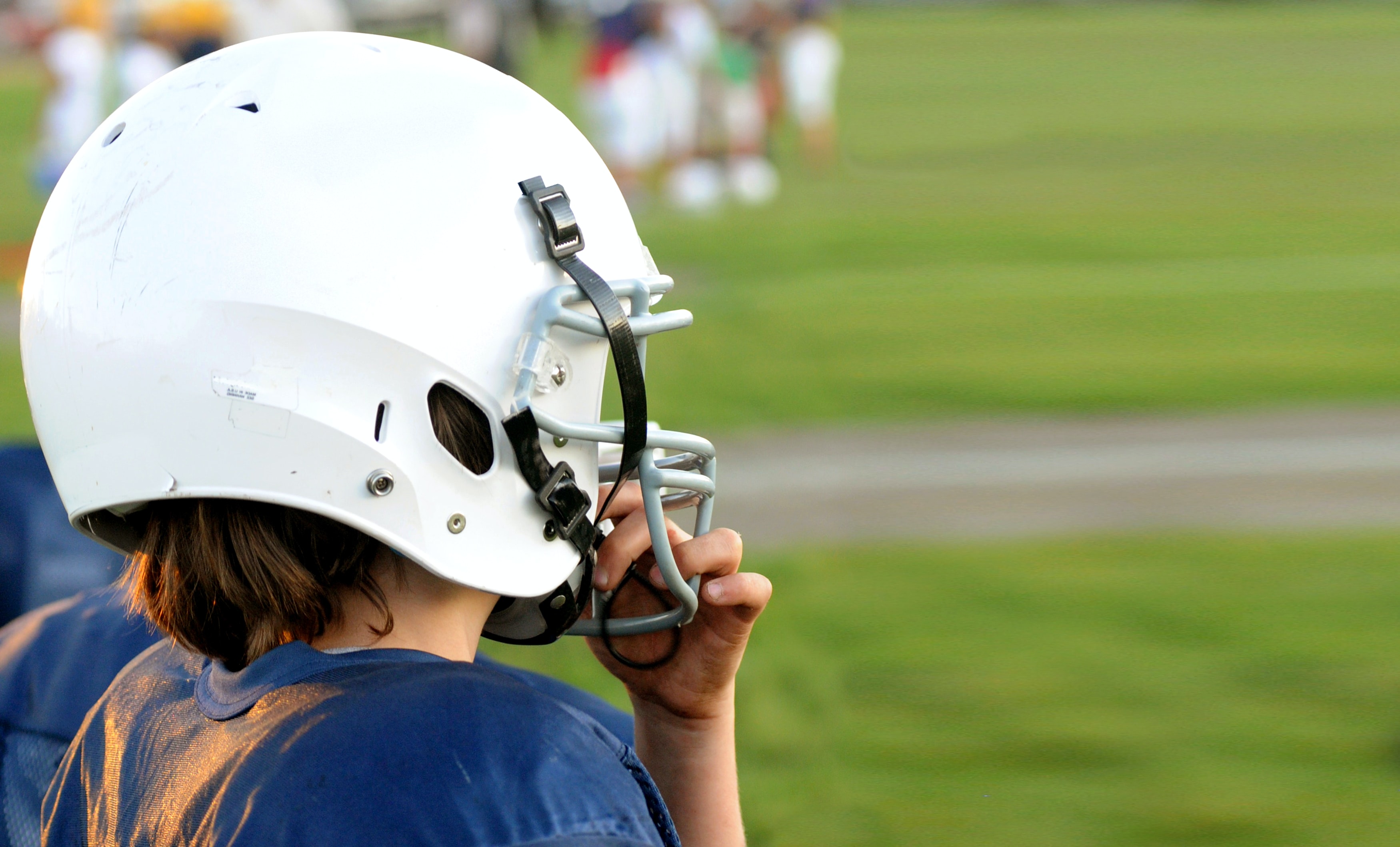
Published 2022-10-23
Keywords
- Sport medicine,
- Concussion,
- Athlete,
- Return to play,
- traumatic brain injury
How to Cite
Copyright (c) 2022 Laurence Désilets-Barnabé, Philippe Moisan

This work is licensed under a Creative Commons Attribution-NonCommercial-ShareAlike 4.0 International License.
Abstract
Concussions are common in the athlete population. They occur after a trauma to the head and can lead to a loss of consciousness. Patients suffering from a concussion commonly present with confusion, amnesia and a headache in the context of a recent head trauma. The approach to this pathology consists in making a clinical diagnosis, ruling out life-threatening complications such as fractures and intracranial hemorrhages and educating the patient on a safe recovery and return-to play. Patients that do not have worrisome symptoms can be discharged home with a responsible adult that has been informed of when to seek medical care in case of a complication. After a short rest period they should be advised to resume gradually their cognitive and physical activity. After a minimal period of 10 days and in the absence of symptoms, the patients can undergo a progressive return to play plan.
Downloads
References
- Giza Christopher C., Kutcher Jeffrey S., Ashwal Stephen, et al. Summary of evidence-based guideline update: Evaluation and management of concussion in sports. 2013. 10.1212/WNL.0b013e31828d57dd
- WJ Mullally. Concussion. The American journal of medicine. 2017;130(8). 10.1016/j.amjmed.2017.04.016
- L Langer, C Levy, M Bayley. Increasing Incidence of Concussion: True Epidemic or Better Recognition? The Journal of head trauma rehabilitation. 2020;35(1). 10.1097/HTR.0000000000000503
- VL Feigin, A Theadom, S Barker-Collo, et al. Incidence of traumatic brain injury in New Zealand: a population-based study. The Lancet Neurology. 2013;12(1). 10.1016/S1474-4422(12)70262-4
- JF Kraus, DL McArthur. Epidemiologic aspects of brain injury. Neurologic clinics. 1996;14(2). 10.1016/s0733-8619(05)70266-8
- JS Delaney, VJ Lacroix, S Leclerc, et al. Concussions among university football and soccer players. Clinical journal of sport medicine : official journal of the Canadian Academy of Sport Medicine. 2002;12(6). 10.1097/00042752-200211000-00003
- RM Guerriero, MR Proctor, R Mannix, et al. Epidemiology, trends, assessment and management of sport-related concussion in United States high schools. Current opinion in pediatrics. 2012;24(6). 10.1097/MOP.0b013e3283595175
- Practice parameter: the management of concussion in sports (summary statement). Report of the Quality Standards Subcommittee. Neurology. 1997;48(3). 10.1212/wnl.48.3.581
- AC Duhaime, JG Beckwith, AC Maerlender, et al. Spectrum of acute clinical characteristics of diagnosed concussions in college athletes wearing instrumented helmets: clinical article. Journal of neurosurgery. 2012;117(6). 10.3171/2012.8.JNS112298
- Silverberg Noah D., Division of Physical Medicine & Rehabilitation University of British Columbia, Vancouver, British Columbia, Canada, Rehabilitation Research Program GF Strong Rehab Centre, Vancouver, British Columbia, Canada, et al. Mild Traumatic Brain Injury in 2019-2020. JAMA. 2021;323(2):177-8. 10.1001/jama.2019.18134
- M Wintermark, PC Sanelli, Y Anzai, et al. Imaging evidence and recommendations for traumatic brain injury: conventional neuroimaging techniques. Journal of the American College of Radiology : JACR. 2015;12(2). 10.1016/j.jacr.2014.10.014
- JN Hsiang, T Yeung, AL Yu, et al. High-risk mild head injury. Journal of neurosurgery. 1997;87(2). 10.3171/jns.1997.87.2.0234
- AS Jagoda, JJ Bazarian, JJ Bruns, et al. Clinical policy: neuroimaging and decisionmaking in adult mild traumatic brain injury in the acute setting. Annals of emergency medicine. 2008;52(6). 10.1016/j.annemergmed.2008.08.021
- NJ Brown, RC Mannix, MJ O'Brien, et al. Effect of cognitive activity level on duration of post-concussion symptoms. Pediatrics. 2014;133(2). 10.1542/peds.2013-2125
- P McCrory, WH Meeuwisse, M Aubry, et al. Consensus statement on concussion in sport: the 4th International Conference on Concussion in Sport held in Zurich, November 2012. British journal of sports medicine. 2013;47(5). 10.1136/bjsports-2013-092313
- CC Giza, JS Kutcher, S Ashwal, et al. Summary of evidence-based guideline update: evaluation and management of concussion in sports: report of the Guideline Development Subcommittee of the American Academy of Neurology. Neurology. 2013;80(24). 10.1212/WNL.0b013e31828d57dd
- Québec Gouvernement du. Protocole de gestion des commotions cérébrales. In: supérieur, editor. 2019.
- T May, LA Foris, CJ Donnally III. Second Impact Syndrome. 2021. https://pubmed-ncbi-nlm-nih-gov.proxy3.library.mcgill.ca/28846316/
- P McCrory, G Davis, M Makdissi. Second impact syndrome or cerebral swelling after sporting head injury. Current sports medicine reports. 2012;11(1). 10.1249/JSR.0b013e3182423bfd




